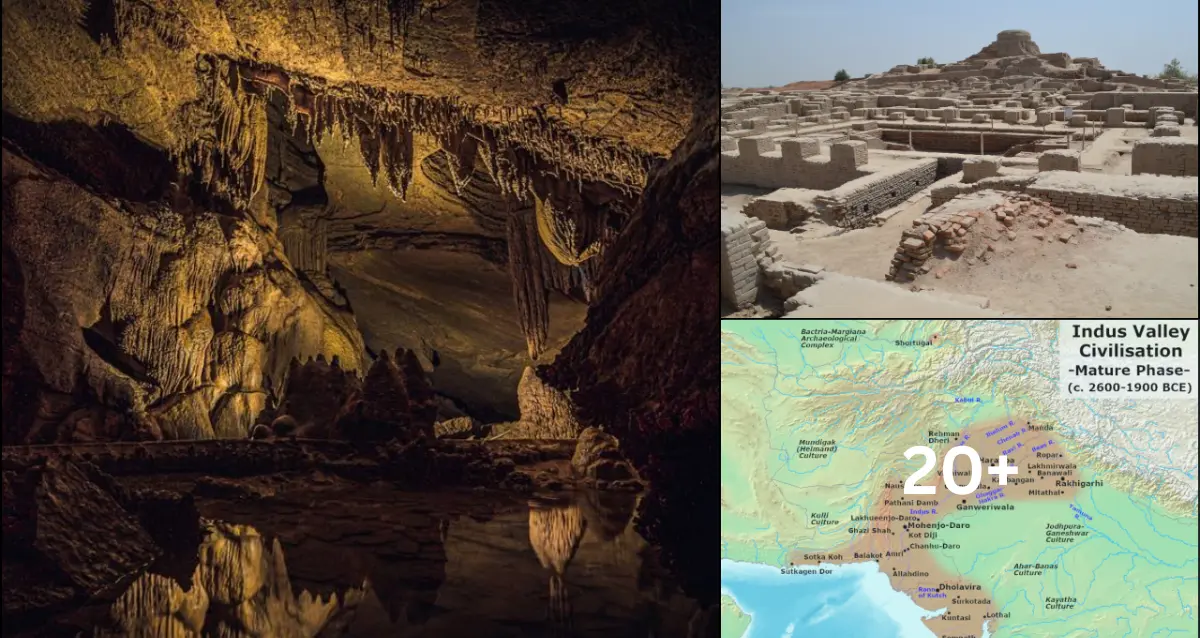The mystery of the collapse of the Indus Valley Civilization has now been solved

The Indus Valley Civilization, which thrived in the region now known as Pakistan and India from 2600 BC to 1500 BC, was a significant ancient civilization that had a profound influence on Hindu culture. It ranks among the world’s oldest civilizations alongside its contemporaries, Mesopotamia and Egypt, based on evidence of advanced cities, agriculture, architecture, and writing. However, despite extensive research, much about this ancient society remains unknown.
One of the greatest mysteries surrounding the Indus Valley Civilization is its eventual disappearance. The social and political structures of the civilization, as well as details about their language, weight system, and artifacts, remain largely unknown. Experts speculate that a drought occurred around 4,200 years ago, but the precise timing and magnitude of this drought are still uncertain.
Recent research has shed new light on this enigma. Scientists explored the Dharamjali cave in the Himalayas and made a significant discovery. They found a stalagmite in the cave that provided insights into historical rainfall patterns during the prehistoric epoch. By analyzing the layered minerals in the stalagmite, they reconstructed rainfall patterns dating back 4,200 years.
Their findings revealed that there were three major drought periods between 4,200 and 3,900 years ago, each lasting between 25 and 90 years. This challenges the previous understanding of a single severe drought lasting approximately 100-200 years. The researchers suggest that these dry spells were not isolated crises but rather a continuous transformation of the environmental conditions in which the Indus people lived. The reduced rainfall during these periods affected both summer and winter seasons, impacting water availability for towns and leading to challenges in predicting rainfall and river flooding, essential for successful crop cultivation.
These new insights provide a more detailed understanding of ancient life in the Indus Valley Civilization. It suggests that the civilization faced prolonged and recurrent periods of drought, which gradually transformed their living conditions. While the exact reasons for the civilization’s eventual demise remain elusive, the research emphasizes the significance of environmental factors, such as climate change, in shaping the fate of ancient civilizations.
Despite ongoing research and discoveries, many aspects of the Indus Valley Civilization still elude historians and archaeologists. Unraveling the mysteries surrounding its social structures, language, artifacts, and ultimate decline continues to be a subject of fascination and investigation in the field of ancient history.

